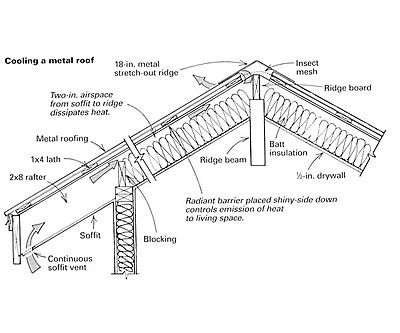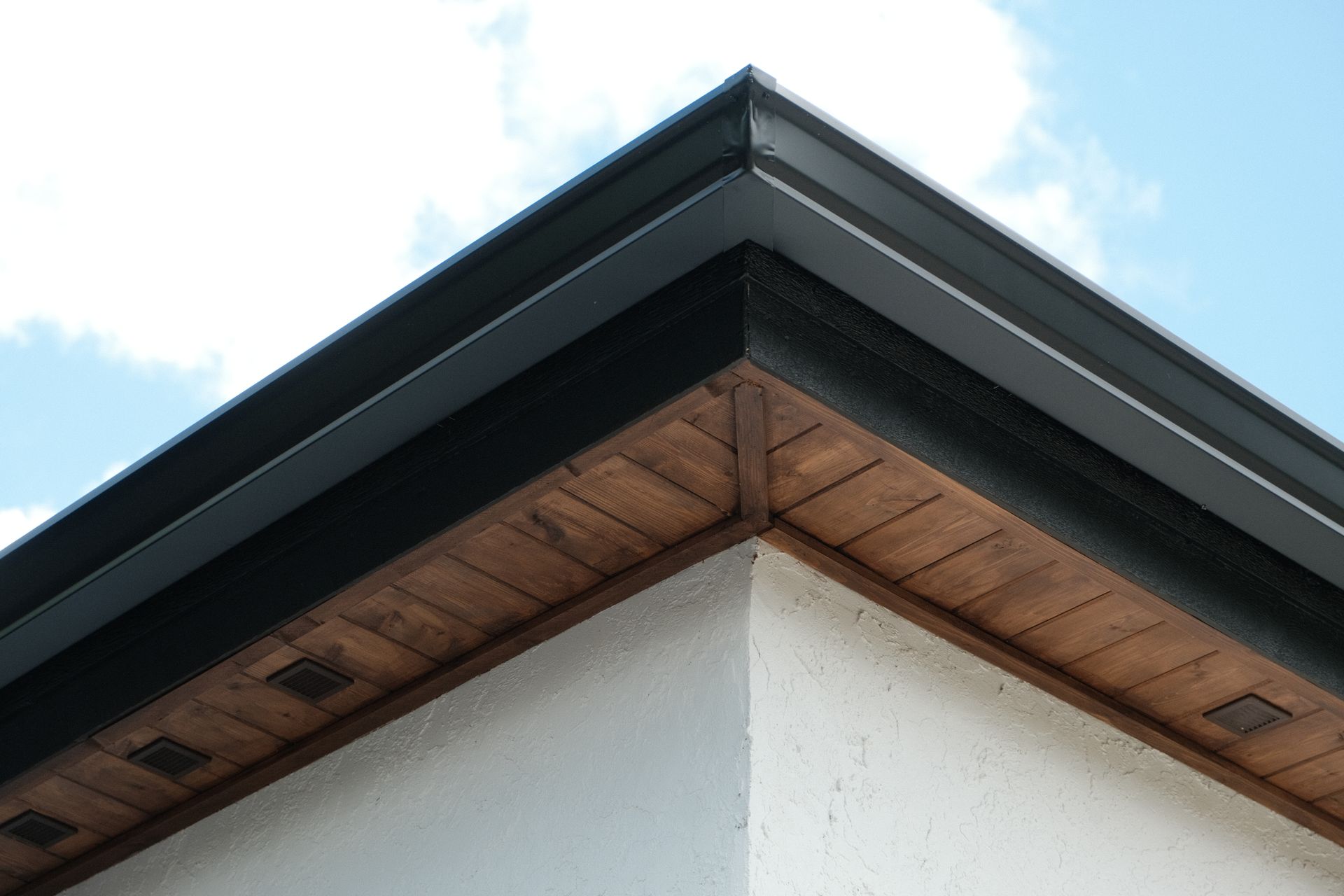In Vancouver, where rain lashes cedar-clad homes and humid summers test a roof’s resolve, the vented roof system emerges as a quiet hero. This innovative approach, layering ventilation between roof decks, is transforming how homes withstand the Pacific Northwest’s relentless climate. By extending shingle life, slashing energy costs, and preserving architectural beauty, vented roofs are redefining durability for Vancouver’s $2.1 million housing market. At Simon Green Works, we champion these systems, crafting homes that endure while harmonizing with the city’s aesthetic soul. Drawing from insights shared by Catalyst Construction’s Joe and Travis, we explore why vented roofs are a game-changer for Vancouver homeowners.
Vancouver’s climate—wet, temperate, and prone to temperature swings—demands roofing that can breathe. Traditional “hot roofs,” tightly sealed and unventilated, trap heat and moisture, accelerating shingle wear and spiking attic temperatures to 140°F on summer days. Vented roofs, or back-vented systems, introduce a gap between the primary roof deck and a secondary layer, allowing air to flow from eave to ridge. This ventilation, as Travis explains, cools the roof deck to as low as 90°F, reducing the temperature differential with a home’s 70°F interior from a punishing 50°F to a manageable 20°F. The result? Lower cooling costs and a roof that shrugs off the elements.

The mechanics are elegantly simple. On a Vancouver build, Catalyst Construction employs a half-inch ZIP system air barrier, topped with rockwool insulation for its vapor-open properties, reducing moisture risks in vaulted ceiling designs. Furring strips—1.5 inches thick—create the ventilation cavity, followed by a second deck of plywood or tongue-and-groove cladding. Bug screens at the eaves ensure airflow without inviting pests, while a 50-year shingle layer caps the system. This setup, Joe notes, mirrors a rainscreen’s effect on siding, extending shingle life by shielding them from trapped heat and moisture. In a city where hail is rare but rain is relentless, this durability translates to decades of savings.
Aesthetic flexibility is another triumph. Vancouver’s homes, from West End heritage gems to Point Grey’s modern marvels, often feature exposed rafter tails or vaulted ceilings, as seen in Catalyst’s project with cantilevered overhangs. Vented roofs preserve these signatures by allowing continuous rafter designs without compromising insulation. The tongue-and-groove soffits, a West Coast hallmark, remain pristine, free from roofing nails piercing through, thanks to the ventilation gap. This system also protects delicate finishes, like the peel-and-stick underlayment used to shield porch ceilings from rain stains during construction, ensuring a flawless look from every angle.

Energy efficiency is a critical edge in Vancouver, where heating and cooling costs strain budgets. By venting heat, these roofs reduce air conditioning demands, a boon as summers grow warmer. The rockwool insulation, favored for its breathability, further stabilizes indoor climates, cutting energy use. For homeowners eyeing Vancouver’s push for net-zero buildings, vented roofs align seamlessly with sustainable goals, offering a practical step toward greener living without sacrificing style.
Yet, challenges exist. The added materials—furring strips, secondary decking, and specialized insulation—can increase upfront costs by 10-15%, a hurdle in a market where construction already averages $400 per square foot. Complex rooflines, like those with valleys or skylights, require meticulous venting strategies, as Catalyst’s team navigates on their porch skylight design. These intricacies demand skilled contractors, a premium in Vancouver’s competitive labor market. Still, the long-term payoff—lower maintenance, extended roof life, and energy savings—often outweighs the initial investment.
Vancouver’s vented roofs are more than a technical fix; they’re a commitment to resilience and beauty. From Shaughnessy’s heritage homes to Kitsilano’s modern builds, they offer a path to homes that endure the city’s rain-soaked winters and humid summers while preserving their architectural soul. As Joe and Travis affirm, a well-ventilated roof isn’t just a shield—it’s a legacy, promising decades of comfort and character.
Simon Green Works designs homes that embrace this durability and elegance. Ready to build a roof that lasts? Contact us to craft your Vancouver story.